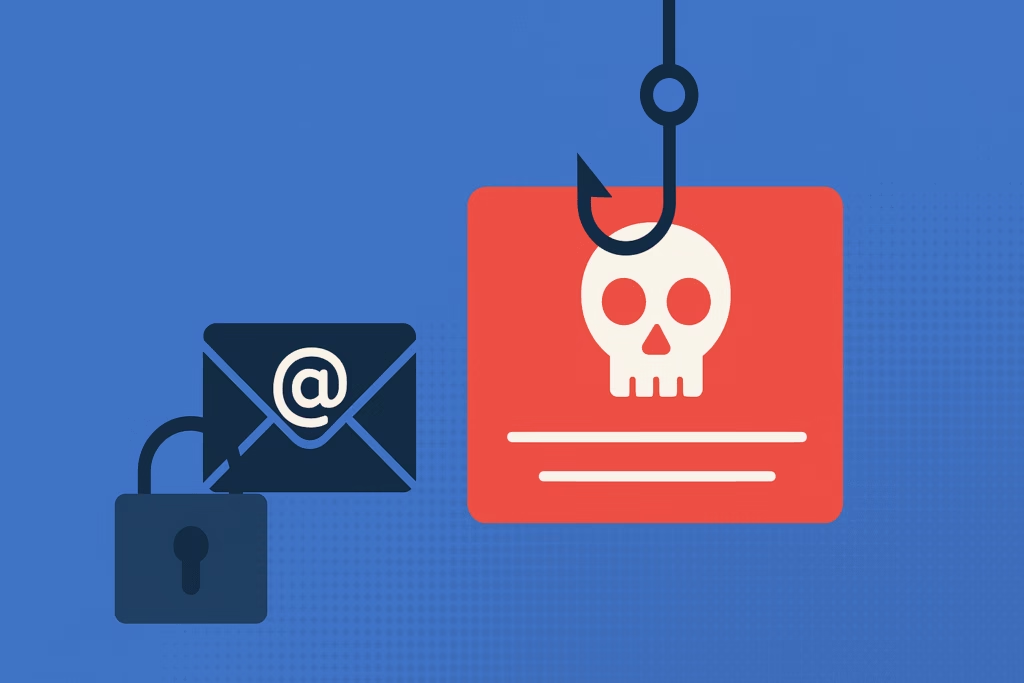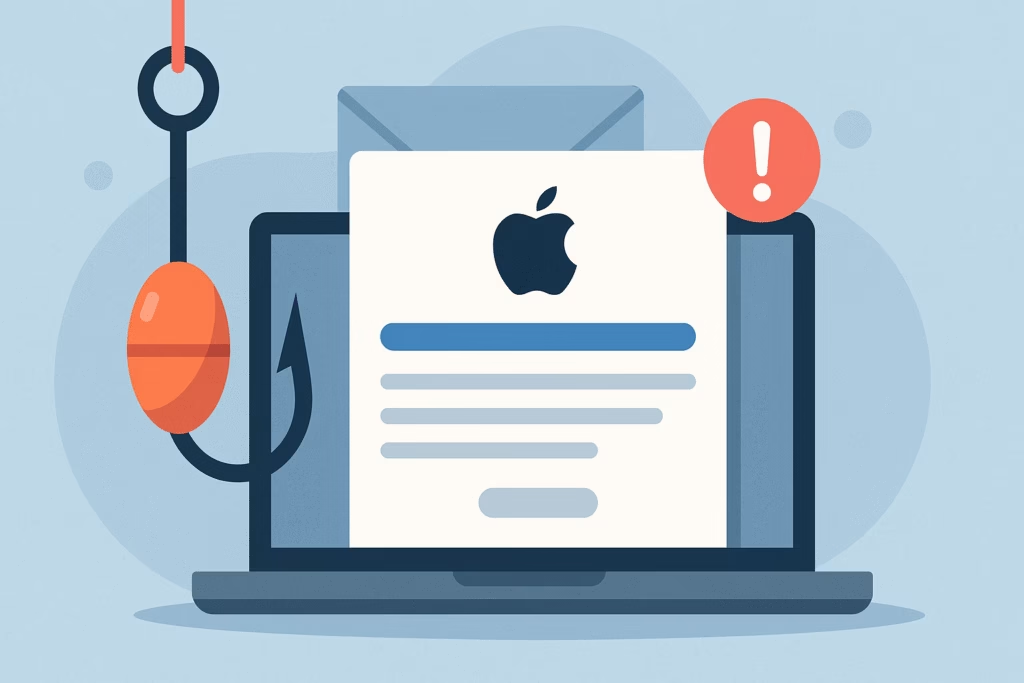
American Express cardholders lost over $1.2 billion to phishing scams in 2024, making Amex one of the most targeted financial brands by cybercriminals. As we enter 2025, sophisticated phishing attacks continue to evolve, with fraudsters creating increasingly convincing fake emails, text messages, and websites that mirror legitimate American Express communications. Understanding how to identify, report, and protect yourself from these threats has become essential for every Amex cardholder.
The stakes couldn’t be higher. A single successful phishing attack can compromise your entire financial portfolio, drain your accounts, and damage your credit score for years. This comprehensive guide will walk you through everything you need to know about American Express phishing threats, how to spot them before they strike, and the exact steps to take when you encounter suspicious communications.
Understanding the American Express Phishing Landscape in 2025
Phishing attacks targeting American Express customers have become increasingly sophisticated, with cybercriminals employing advanced tactics that can fool even security-conscious individuals. According to the FBI’s Internet Crime Complaint Center, financial phishing attacks increased by 76% in 2024, with American Express ranking among the top three most impersonated financial brands.
Modern Amex phishing campaigns typically fall into several categories:
- Account verification scams requesting immediate login credential updates
- Suspicious activity alerts claiming unauthorized transactions occurred
- Reward point expiration notices creating urgency to click malicious links
- Security upgrade notifications asking for personal information updates
- Fake transaction confirmations for purchases you didn’t make
The Evolution of Amex Phishing Techniques
Today’s American Express phishing emails have evolved far beyond obvious spelling mistakes and poor formatting. Cybercriminals now use:
- Perfect replicas of official Amex email templates and branding
- Legitimate-looking sender addresses that appear to come from americanexpress.com
- Personalized information obtained from previous data breaches
- Mobile-optimized phishing pages designed for smartphone users
- Multi-stage attacks that build trust before requesting sensitive information
How to Identify American Express Phishing Emails
Recognizing authentic American Express communications versus phishing attempts requires attention to specific details that fraudsters often struggle to replicate perfectly. Here’s your comprehensive identification checklist:
Verify the Sender Information
Legitimate American Express emails always come from verified domains. Check these critical elements:
- Email domain verification: Authentic emails originate from @americanexpress.com or @aexp.com domains
- Display name consistency: Official communications use “American Express” or “Amex” in the sender name
- Reply-to address matching: The reply-to field should match the sender domain
Examine the Email Content
American Express maintains strict communication standards. Watch for these red flags:
- Generic greetings like “Dear Customer” instead of your actual name
- Urgent language demanding immediate action within hours
- Requests for sensitive information via email or phone
- Spelling errors, grammatical mistakes, or formatting inconsistencies
- Suspicious attachments or download links
Analyze Links and URLs
Before clicking any link in an email claiming to be from American Express, hover over it to reveal the true destination. Legitimate Amex links will:
- Begin with https://www.americanexpress.com
- Never redirect through third-party domains
- Match the context of the email content
- Use proper SSL certificates when visited
Step-by-Step Guide: How to Report Amex Phishing
When you encounter a suspected American Express phishing attempt, taking immediate action helps protect both yourself and other potential victims. Follow these precise reporting steps:
Immediate Response Protocol
- Do not click any links or download attachments in the suspicious email
- Do not reply to the message or call any phone numbers provided
- Do not delete the email immediately – you’ll need it for reporting
- Take screenshots of the email for documentation purposes
Official American Express Reporting Process
American Express provides multiple channels for reporting phishing attempts:
- Forward the suspicious email to abuse@americanexpress.com with the subject line “Phishing Report”
- Report online through the official American Express fraud reporting portal
- Call the fraud hotline at the number on the back of your Amex card
- Log into your account through the official website to check for any unauthorized activity
Additional Reporting Channels
Maximize the impact of your report by also notifying:
- Federal Trade Commission (FTC): Report through reportfraud.ftc.gov
- Anti-Phishing Working Group: Forward the email to reportphishing@apwg.org
- Internet Crime Complaint Center (IC3): File a complaint if financial loss occurred
Advanced Protection Strategies for Your Amex Account
Beyond basic vigilance, implementing comprehensive security measures significantly reduces your vulnerability to American Express phishing attacks. These strategies create multiple layers of protection around your financial accounts.
Enable Multi-Factor Authentication
American Express offers several multi-factor authentication options that add crucial security barriers:
- SMS text message verification codes
- Email-based authentication links
- Authenticator app integration (Google Authenticator, Authy)
- Biometric authentication for mobile apps
Configure Account Monitoring and Alerts
Proactive monitoring helps you detect unauthorized activity before significant damage occurs:
- Transaction alerts: Set up instant notifications for all purchases above $1
- Login notifications: Receive alerts whenever someone accesses your account
- Profile change alerts: Get notified when contact information or security settings change
- Credit monitoring: Use Amex’s free credit score monitoring services
Implement Safe Browsing Practices
Your daily internet habits play a crucial role in phishing prevention:
- Always type americanexpress.com directly into your browser address bar
- Bookmark the official Amex login page for quick access
- Never access your account through email links or search engine ads
- Log out completely after each online session
- Use private browsing mode when accessing accounts on shared computers
What to Do If You’ve Been Compromised
If you suspect your American Express account has been compromised through a phishing attack, immediate action can minimize damage and begin the recovery process.
Immediate Damage Control
- Change your password immediately through the official Amex website
- Contact American Express fraud department at the number on your card
- Review all recent transactions and dispute any unauthorized charges
- Check your credit reports from all three major bureaus
- Consider freezing your credit to prevent new account openings
Documentation and Follow-up
Proper documentation supports your case and helps with potential reimbursement:
- Save all communication with American Express representatives
- Document reference numbers for fraud reports and disputes
- Keep screenshots of unauthorized transactions
- Maintain records of time spent resolving the issue
- Follow up regularly on dispute resolutions
Leveraging Technology for Enhanced Protection
Modern cybersecurity tools can provide automated protection against sophisticated phishing attempts that might slip past manual detection.
Email Security Solutions
Advanced email filtering can catch phishing attempts before they reach your inbox:
- Enterprise-grade spam filters with phishing detection
- Email authentication protocols (SPF, DKIM, DMARC)
- Link scanning and sandboxing technologies
- Machine learning-based threat detection systems
Professional phishing protection services like PhishDef offer comprehensive email security that specifically targets financial phishing attempts, including those impersonating American Express. These solutions use real-time threat intelligence to identify and block emerging phishing campaigns before they can cause damage.
Browser Security Extensions
Browser-based protection adds another security layer:
- Anti-phishing extensions from reputable security vendors
- Password managers that won’t autofill credentials on fake sites
- URL reputation checkers that warn about suspicious websites
- Banking protection modes that secure financial transactions
Building Long-term Security Awareness
Sustainable protection against American Express phishing requires ongoing education and awareness maintenance. Cybercriminals continuously evolve their tactics, making regular security education essential.
Stay Informed About Current Threats
Keep yourself updated on the latest phishing trends:
- Subscribe to CISA security alerts for government threat intelligence
- Follow American Express official security communications
- Join cybersecurity communities and forums for peer insights
- Regularly review phishing simulation examples
Regular Security Hygiene
Maintain these essential security practices:
- Update passwords quarterly using strong, unique combinations
- Review account statements weekly for suspicious activity
- Keep software and security systems updated
- Conduct periodic security audits of your accounts
- Test your ability to recognize phishing attempts through training
Key Takeaways for Amex Account Protection
Protecting your American Express account from phishing attacks requires a multi-layered approach combining vigilance, technology, and proactive security measures. Remember these critical points:
- Always verify the authenticity of emails claiming to be from American Express
- Report suspicious communications immediately to help protect other users
- Enable multi-factor authentication and account monitoring features
- Never click links in suspicious emails – always navigate directly to americanexpress.com
- Implement comprehensive cybersecurity tools for automated protection
- Stay educated about evolving phishing threats and tactics
Your financial security depends on maintaining constant vigilance against phishing threats. By following these guidelines and reporting suspicious activities promptly, you contribute to a safer financial ecosystem for all American Express cardholders.
Ready to take your phishing protection to the next level? Consider implementing professional-grade email security solutions that can automatically detect and block sophisticated phishing attempts before they reach your inbox. Contact PhishDef today to learn how advanced threat detection can safeguard your American Express account and other financial communications from even the most convincing phishing attacks.


